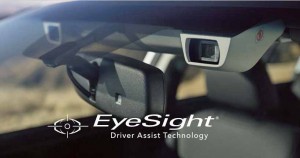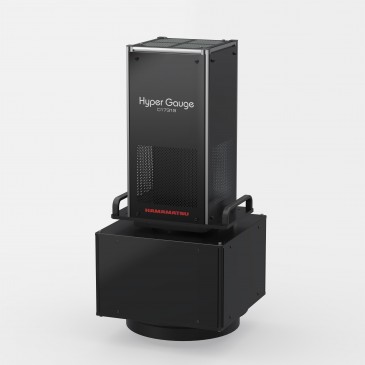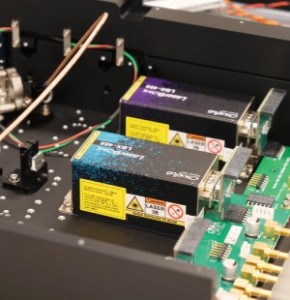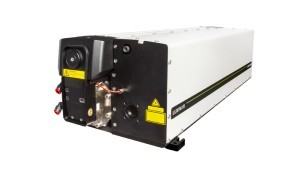
The "Automotive Camera Market by Application (ADAS, Park Assist), View Type (Single View, Multi-Camera), Technology (Thermal, Infrared & Digital), Level of Autonomy (L1, L2&3, L4, L5), Vehicle & Class, Electric Vehicle and Region - Global Forecast to 2025" report has been added to ResearchAndMarkets.com's offering.
The global automotive camera market is estimated to grow at a CAGR of 12.4% from USD 6.8 billion in 2020 to USD 12.2 billion by 2025.
The technological developments in the automotive industry are witnessing a shift from vehicle performance and efficiency to safety and convenience. The growing consumer awareness and increasing government mandates related to active safety are propelling the demand for driver assisting applications such as lane departure warning (LDW), lane keeps assist (LKA), rear park assist, and blind-spot detection (BSD). Thus, the increasing adoption of camera-based applications in vehicles is likely to boost the demand for automotive cameras.
The COVID-19 pandemic is expected to have a severe impact on the automotive camera market. Both, the production and sales of new motor vehicles have come to a halt across the globe; the whole ecosystem has been disrupted. OEMs must wait until lockdowns are lifted to resume production. Post the pandemic, the demand for new vehicles will be significantly low. Hence, they would need to adjust the production volume.
ADAS segment to grow at a significant rate during the forecast period.
ADAS is estimated to be the fastest-growing segment, by value, of the automotive camera market from 2020 to 2025. The electronic applications in vehicles have increased significantly over the past few years, owing to the increased focus on safety, comfort, and convenience. Along with vehicle safety, improved lifestyle, changing buyer preferences, increased average miles driven per year, and less compatible infrastructure with increasing vehicle fleet have increased the need for the camera for ADAS. Major automakers earlier planned to launch autonomous vehicles post 2022. However, the lack of testing and lower vehicle demand made this challenging for OEMs. Thus, the demand for cameras will be significantly lesser than expected. OEMs have postponed the plan to deploy autonomous vehicles. For instance, Ford earlier planned to commercialize autonomous driving by 2021. However, in the event of COVID-19, lower vehicle demand, and financial losses due to lockdowns have compelled the OEM to shift the deadline to 2022. The delays in the deployment of autonomous vehicles would significantly reduce the shipment of cameras during the forecast period
The heavy commercial vehicle segment is estimated to be the fastest-growing market, in terms of value, in the automotive camera market.
Major reliance on heavy commercial vehicles has encouraged lawmakers to establish safer and less fatigue-inducing driving conditions by standardizing more camera-based ADAS features. For instance, the European Union has mandated vulnerable road user detection and warnings, especially for trucks and buses. Intelligent speed assistance will become standard in all vehicles, including trucks, in Europe from 2022. Such mandates will help the growth of the heavy commercial vehicle segment of the automotive camera market in the region, making it the highest growing market from 2020-2025.
Due to COVID-19, in March of 2020, total new truck registrations in the EU continued to suffer from the slowdown in demand for heavy-duty trucks, decreasing by 35.6%. The four largest EU markets all recorded significant declines last month: France (-49.3%), Italy (-33.5%), Spain (-30.8%), and Germany (-27.6%).
The Asia Pacific is estimated to be the fastest-growing market for automotive cameras during the forecast period.
The Asia Pacific automotive camera market is estimated to grow at the highest CAGR during the forecast period. Rising population and government policies promoting industrial growth have made the Asia Pacific region a perfect destination for automobile manufacturers to set up their facilities. These factors have helped make the Asia Pacific the largest automotive market with increasing sales and production. The growth of the market in the Asia Pacific can be attributed to the high vehicle production and increased use of advanced electronics in Japan, South Korea, and China. China accounts for the largest share of the automotive camera market in the Asia Pacific region, followed by Japan and South Korea. The growth of the market in the Asia Pacific can be attributed to the high vehicle production and increased use of advanced electronics in Japan, South Korea, and China.




































 Back to News
Back to News



























